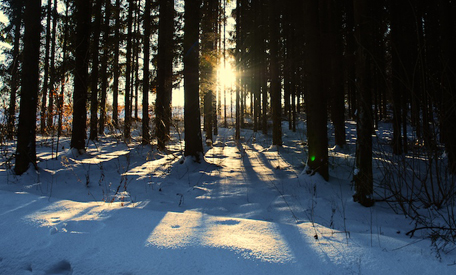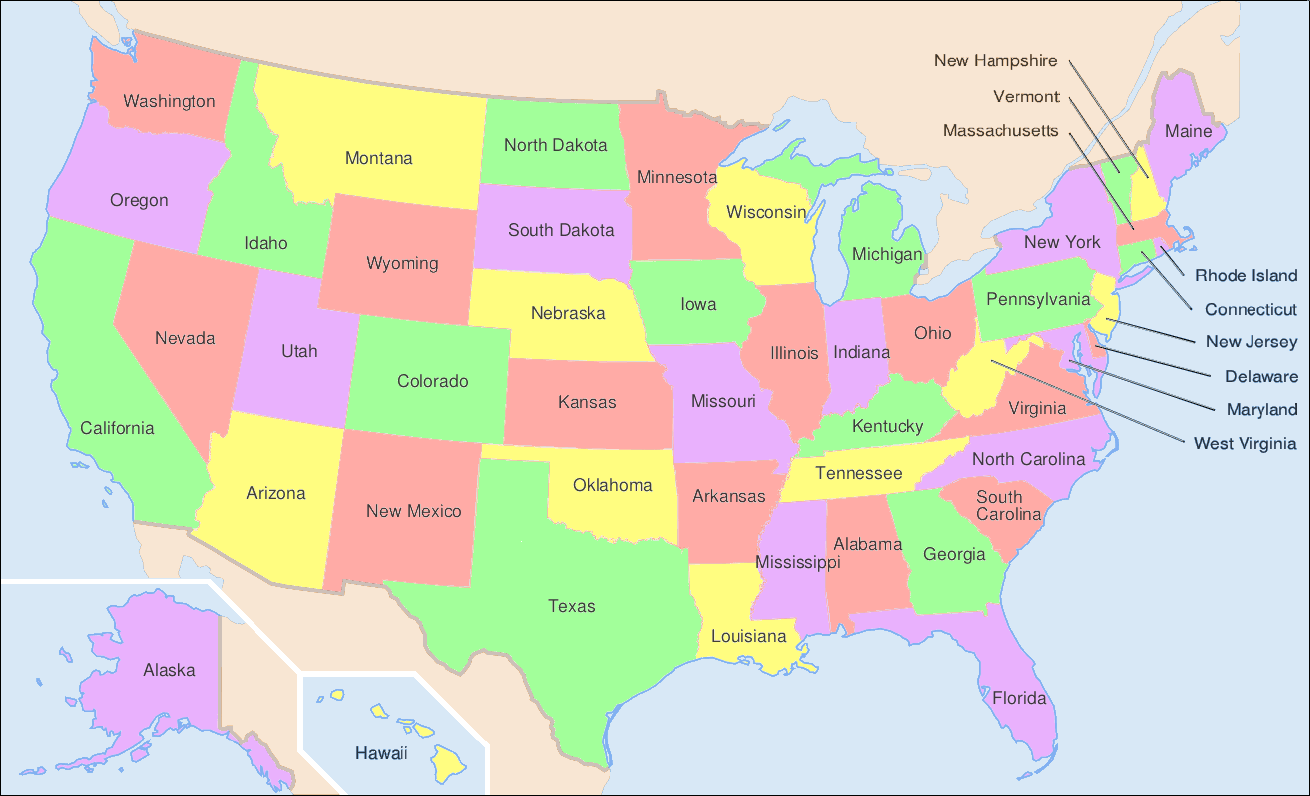Winter Solstice this year will fall on December 21, but what exactly is a solstice? Learn more about how this astronomical event has been celebrated through the ages, and how Winter Solstice may have influenced the date of Christmas.
What is the Winter Solstice?
Each year, the Earth makes approximately one orbit around the Sun. As it orbits, Earth also rotates on its own axis, causing night and day. However, because the Earth’s axis is slightly tilted, there are times of year when the Northern and Southern Hemispheres are tilted slightly closer to or farther away from the sun. This is why we experience seasons, and also why the Northern Hemisphere experiences summer (it is tilted toward the sun) when the Southern Hemisphere experiences winter (and is tilted away from the sun).
Some people incorrectly believe that the seasons are caused by the Earth’s distance from the Sun. Although the Earth does not make a perfectly circular orbit around the sun, it is the Earth’s axial tilt, and not its distance from the sun, that make the seasons. The Earth is actually closest to the sun during January, a month that is winter for the Northern Hemisphere and summer for the Southern Hemisphere.
The solstice, meaning “sun stand still,” is a twice-yearly astronomical event that occurs when the North or South Pole is tilted closest to the sun. During the solstice the Sun appears to stay in a steady spot in the sky for a few days, rather than going higher or lower as it normally does.
In the Northern Hemisphere, the Winter Solstice, occurring either on Dec. 21 or 22, is the shortest day of the year because the North Pole is tilted away from the sun. In the Southern Hemisphere, the opposite is true and people experience the longest day of the year. Each Winter or Summer Solstice also represents a change in the length of the day. For example, leading up to the Winter Solstice the days in the Northern Hemisphere get progressively shorter, but after the Winter Solstice, the days become longer until the Summer Solstice.
The seasonal lengthening and shortening of days is experienced more dramatically as you get closer to the North or South Pole. LiveScience explains that the Earth’s tilt of about 23.5 degrees means that during the winter months at the North Pole, the sun does not rise for more than 180 days.
Even though the Winter Solstice marks the day with the fewest hours of sunlight, it is not the coldest day of the year. National Geographic explains that because the heat from the oceans can largely determine the weather, and the oceans heat and cool at a relatively slow pace, it is a month after the shortest day of the year that the hemisphere experiences its coldest days. The same is true with Summer Solstice; the hottest days for each hemisphere occur a month after the solstice.
Sources in this Story:
- Eric Weisstein’s World of Astronomy: Winter Solstice
- National Geographic:Solstice a Cause for Celebration Since Ancient Times
- LiveScience.com: The Shortest Day: The Science of the Winte Solstice
- National Geographic:Winter Solstice 2009: Facts on Shortest Day of the Year
- BBC History Magazine: Christmas has long been a time for gluttony
- The BBC: Religions: Paganism – Winter Solstice
- History Today: Did the Romans Invent Christmas?
Ancient Celebrations Held Around the Winter Solstice
Many ancient cultures celebrated on and around the day of the solstice, and celebrations around this time predate the Christian celebration of Christmas. “Midwinter has always been a time to celebrate surviving the year gone by and the promise of renewal and hope for the future,” writes BBC History Magazine’s Dan Snow. “Harvests had been gathered, beer and wine were on hand and it was time to party. Across continents humans attempted to light up the dark, long nights and seized the chance to take time out from months of back-breaking agricultural toil.”
Winter Solstice, known as “Yule,” is one of the oldest celebrations in the world. The BBC points out that the Norse thought of the Sun as a wheel that determined the seasons. Yule celebrated the end of short days and long nights, and the celebrations included burning a large bonfire and much eating and drinking.
The Romans celebrated Saturnalia around the time of the Winter Solstice with a festival in honor of Saturn, the god of harvest. The weeklong festival was marked by lawlessness and social disorder.
Many other northern celebrations fell around the time of solstice, and most had some relationship to the Sun (either to fear, honor, or try and coax the Sun back after days with little light).
Winter Solstice, Christmas, and Other Modern Holidays
Many modern winter solstice celebrations are intermixed with modern religious celebrations, such as Christmas, Hanukah and Kwanzaa.
Brian Handwerk of National Geographic writes that there has recently been a return to more traditional ways of celebrating Winter Solstice in some northern countries, including the United States. In some US cities, performances honoring Scandinavian and Germanic celebrations of the solstice are performed.
Christmas celebrations incorporate customs and symbols from solstice celebrations, such as the Yule log, mistletoe, holly and the Christmas tree.
Some historians theorize that the date for Christ’s birthday was chosen to absorb solstice festivals such as Yule, Saturnalia and Natalis Invicti. But others doubt this theory, saying that when the Christmas celebration came about, the Christian Church, then a minority, would not have been willing to blend this holiday with the celebrations of other religions.
















